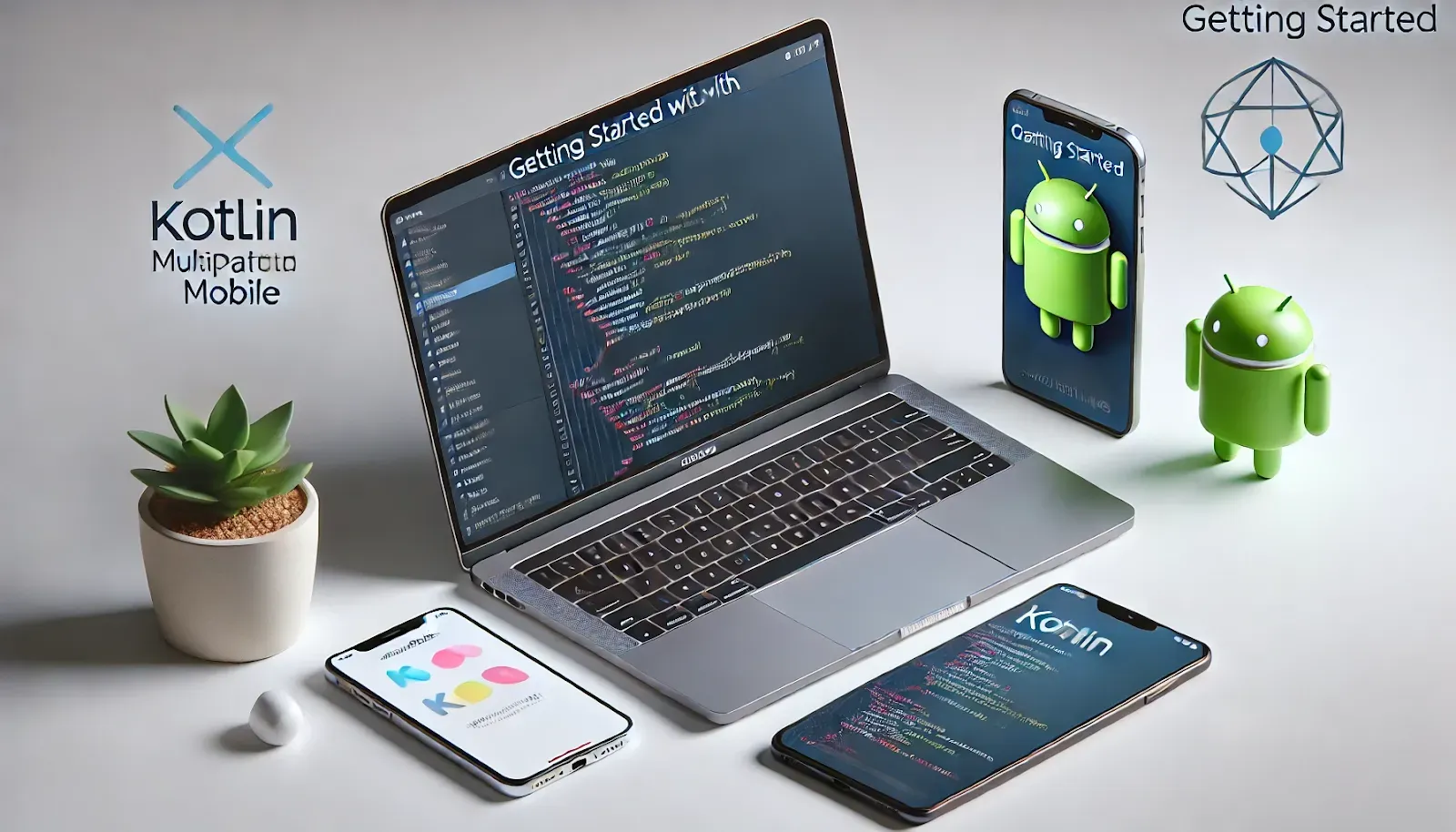Getting Started with Kotlin Multiplatform Mobile (KMM)
If you're new to Kotlin Multiplatform Mobile, here’s a quick guide to help you get started:
Setup Your Development Environment
- Install the latest version of Android Studio.
- Install the Kotlin plugin.
- Set up Xcode on your Mac for iOS development.
Create a New KMM Project
- Use Android Studio's KMM project template to create a new project.
- Configure the project for both Android and iOS targets.
Write Shared Code
Start by writing common code that can be shared between platforms, such as data models, network logic, and business rules. Here’s a simple example:
// Shared code module
expect class Platform() {
val name: String
}
fun createGreeting(): String {
return "Hello, ${Platform().name}!"
}
Implement Platform-Specific Code
Use Kotlin’s expect/actual mechanism to handle platform-specific implementations where necessary. Here’s how you might implement the Platform class for Android and iOS:
// Android implementation
actual class Platform actual constructor() {
actual val name: String = "Android"
}
// iOS implementation
actual class Platform actual constructor() {
actual val name: String = "iOS"
}
Build and Test Your Application
- Use Android Studio for Android and Xcode for iOS to build and test your application.
Deploy Your Application
- Once your app is tested and ready, you can deploy it to the Google Play Store and the Apple App Store.

Best Practices for KMM Development
- Modularize Your Code: Structure your codebase into modules to separate shared code from platform-specific code, making it easier to manage and test.
- Keep Platform-Specific Code Minimal: Aim to write as much code as possible in the shared module. This reduces duplication and simplifies maintenance.
- Use Established Libraries: Leverage existing Kotlin libraries that support multiplatform development, such as Ktor for networking or SQLDelight for database management.
- Continuous Integration/Continuous Deployment (CI/CD): Set up a CI/CD pipeline that supports both Android and iOS, automating testing and deployment processes.
Future of Kotlin Multiplatform Mobile
Kotlin Multiplatform Mobile is constantly evolving, with new features and improvements being rolled out regularly. As more developers and companies adopt KMM, we can expect the ecosystem to grow even more robust, with better tools, libraries, and community support.
Conclusion
Kotlin Multiplatform Mobile offers a compelling solution for developers looking to build cross-platform apps with native performance and a consistent user experience. By embracing KMM, you can streamline your development process, reduce costs, and deliver high-quality apps faster than ever before.
Whether you're a seasoned developer or just starting with cross-platform development, Kotlin Multiplatform Mobile is a technology worth exploring. Dive into the KMM ecosystem, and discover how it can transform your development workflow.

Keywords to Focus On:
- Kotlin Multiplatform Mobile
- KMM development
- Cross-platform app development
- Shared codebase in KMM
- Android and iOS development with KMM
- Kotlin programming
- Native performance with KMM
- Cross-platform frameworks
Final Thoughts
With its powerful features and growing ecosystem, Kotlin Multiplatform Mobile is set to become a cornerstone of modern mobile app development. Stay ahead of the curve by incorporating KMM into your development toolkit today.

Comments
Post a Comment